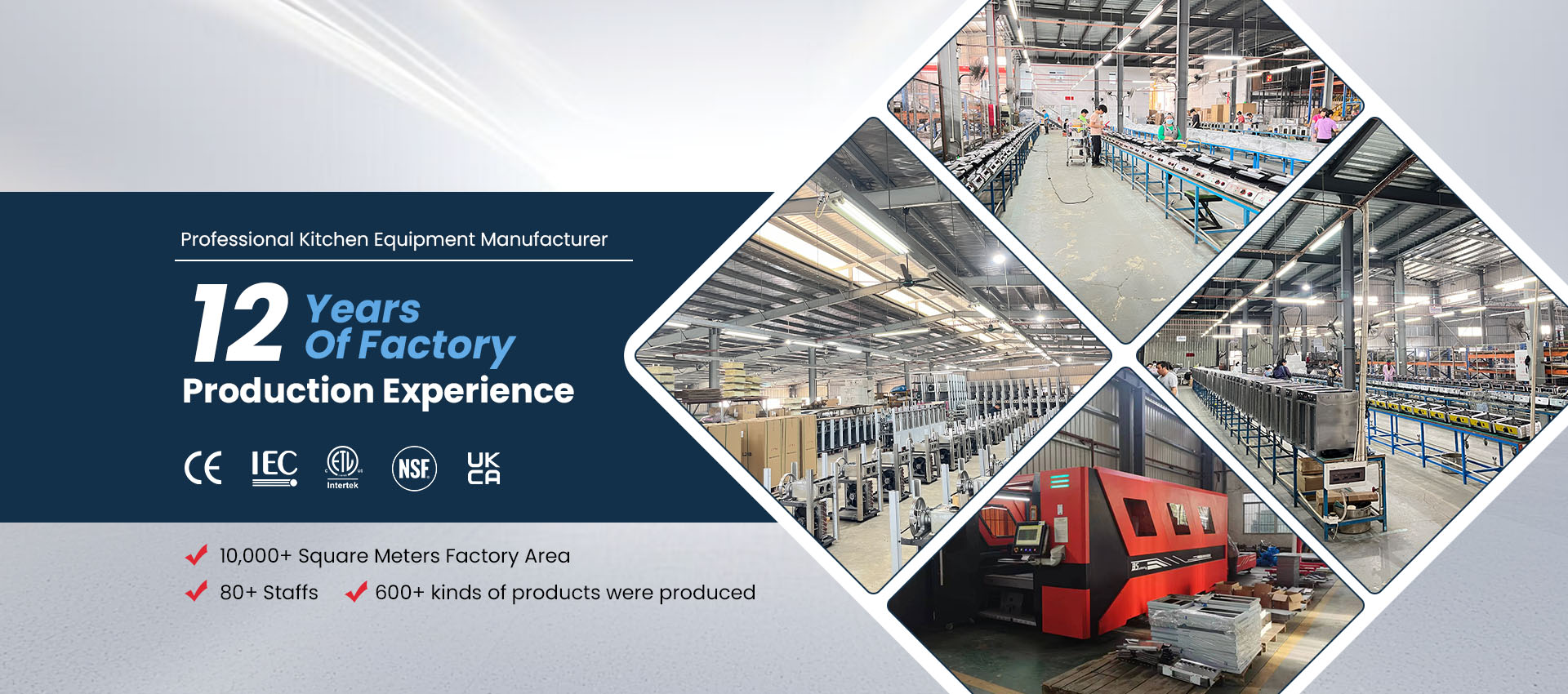Which Fryer Is Better Gas Or Electric
Choosing between a Gas Fryer and an Electric Fryer is a key decision in both home kitchens and commercial settings. Each type has its strengths and trade-offs. The “better” option depends on your priorities: speed, efficiency, control, cost, installation constraints, maintenance, and usage patterns. Below, we compare gas and electric fryers across multiple dimensions to help you decide which is best for your situation.
1. How They Work — Basic Differences
Gas Fryers
Gas fryers use burners (natural gas or propane) to heat a chamber or tubes beneath or around the oil vat. The heat must travel through the fryer body before reaching the oil.
Electric Fryers
Electric fryers, in many designs, have heating elements submerged or very close to the oil. Because the heating source is in direct thermal contact with the oil, the heating is more direct.
This core difference underlies most of the performance and efficiency tradeoffs.
2. Performance: Heat Up & Recovery
Heat-Up Speed
Electric: Because the heating elements are in direct contact with the oil, electric fryers generally heat the oil faster.
Gas: Gas fryers may lag behind in initial heat-up, since they must heat the burner structure and then transfer heat to the oil.
Recovery Time (After Adding Cold Food)
Electric: Tend to recover temperature faster because of the efficient, direct heating method.
Gas: Recovery is slower due to the indirect heating path. The burners and metal mass need to reheat before the oil regains the target temperature.
For a busy kitchen doing batch after batch, recovery speed is often a critical metric.
3. Energy Efficiency & Operating Cost
Efficiency
Because electric heating elements are in the oil, less energy is lost in transfer, making them more efficient in terms of delivering heat where it’s needed.
Gas fryers typically have more heat loss (through flue exhaust, burner inefficiencies, ambient losses) which reduces the percentage of energy actually used to maintain oil temperature.
Fuel / Utility Cost
Gas: Natural gas or propane is often cheaper per energy unit than electricity in many markets, giving gas the advantage in operational cost—if the system is efficient.
Electric: The main disadvantage is higher electricity rates in many regions. Though the efficiency helps, the utility cost may still be higher in some locations.
Also, idle or standby power consumption (holding the oil at temperature) can factor in, especially in commercial settings.
4. Installation, Space & Ventilation
Installation Requirements
Gas: Requires a gas line or propane supply, proper regulators, safety systems, and gas code compliance.
Electric: Generally simpler to install—just an appropriate electrical circuit and outlet. No gas lines or fuel safety systems are needed.
Ventilation & Heat Output
Gas: Produces more ambient heat and combustion exhaust, thus requiring more robust ventilation or hood systems.
Electric: Generates less waste heat (no combustion), which can reduce ventilation burden and help keep the kitchen cooler.
Space & Mobility
Electric: More compact, easier to relocate, more modular, since they’re not tethered to fuel lines.
Gas: Often more fixed in place due to piping; less flexibility to move around.
5. Maintenance, Safety & Cleaning
Maintenance Complexity
Gas: More components (burners, tubes, valves) means more parts to maintain or service (cleaning burner tubes, checking gas leaks, servicing ventilation)
Electric: Fewer mechanical parts, simpler design, often easier to maintain. Heating elements may just be removed or replaced.
Safety
Electric: Safer in some respects—no open flame, no combustible gas risk.
Gas: Requires careful design, gas safety interlocks, and reliable ventilation.
Cleaning
Electric: Because elements are often submerged or more accessible, cleaning is often easier.
Gas: Burner tubes and flue passages can accumulate carbon or grease, making cleaning more laborious.
6. Limitations & Trade-Offs
Temperature Ceiling
Gas fryers can sometimes reach higher peak temperatures, which may benefit certain applications.
Usage Pattern
If you are frying in bursts or small batches (e.g. at home or in lower-volume settings), the advantages of electric recovery and simpler installation may outweigh gas benefits.
In high-volume, continuous-use environments, the fuel-cost savings and raw power of gas may be more appealing—if the installation and ventilation infrastructure is in place.
Geographic/Electrical Constraints
In places where electricity is expensive or gas is cheap (or vice versa), the local utility rate has a strong influence.
Additionally, in some jurisdictions, new code or environmental regulations restrict or discourage usage of gas appliances, pushing new installations toward electric.
7. Which Is “Better” — Depends on Your Use Case
Rather than saying one is always better than the other, here’s a summary of which type tends to be superior under given conditions:
| Scenario / Priority | Likely Better Option | Why |
|---|---|---|
| High throughput, continuous frying | Gas | Lower fuel cost, strong heating power, existing infrastructure |
| Precise temperature control, fast recovery | Electric | Direct heating, quick recovery, consistent thermal response |
| Simpler installation, fewer mechanical parts | Electric | No gas line or burner components |
| Kitchens with ventilation constraints or heat load sensitivity | Electric | Less ambient heat, simpler venting |
| Running cost sensitive environment with cheap gas | Gas | Fuel savings outweigh efficiency losses |
| Smaller volume, flexible layout, portability | Electric | More mobile, plug-and-play |
So the “better” fryer is the one that aligns with your operational profile, infrastructure, budget, and priorities.
8. Conclusion & Recommendation for MLP Kitchen Audience
If your audience is home cooks or smaller commercial kitchens, electric fryers often present fewer obstacles: simpler setup, lower maintenance, and excellent performance for moderate frying tasks.
But for large-scale, continuous-fry environments (restaurants, catering kitchens), gas fryers can deliver lower operating cost and higher capacity—provided the infrastructure (gas supply, ventilation, maintenance) is in place.
Previous: Are Air Fryers Cheaper Than Gas Ovens
Next: What Is A Gas Griddle



